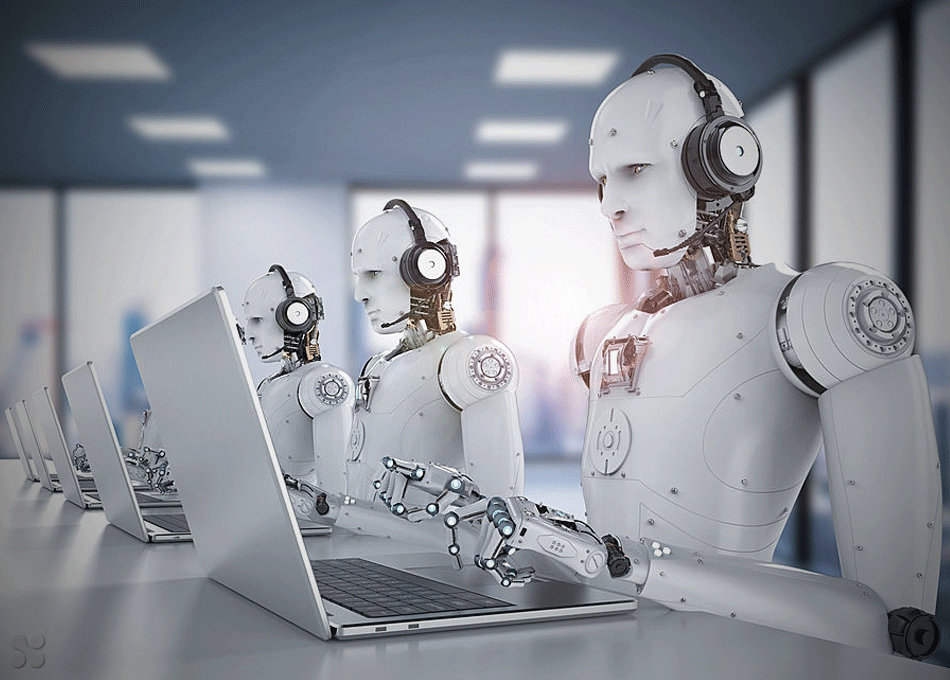The emergence of Industry 4.0 marked a significant shift in manufacturing, leveraging automation, data exchange, and cyber-physical systems to transform industrial processes. The horizon now reveals Industry 5.0. Industry 5.0 is an era of collaboration between humans and machines, where advanced technologies such as Artificial Intelligence (AI), the Internet of Things (IoT), and robotics work with human expertise to achieve unprecedented levels of productivity and efficiency. Data plays an important role by providing insights for decision-making, optimizing processes, and enhancing productivity. At the heart of transformation, data fuels innovation, drives efficiency, and propels organizations toward success.
Understanding Industry 5.0:
Industry 5.0 signifies a paradigm shift from solely automated and digital operations to a comprehensive approach that prioritizes the synergy between humans and machines. Unlike previous industrial stages that concentrated on enhancing efficiency and output through automation, Industry 5.0 aims to leverage the distinct advantages of humans and machines to foster innovation and generate value. In Industry 5.0, the cornerstone is the cooperative interaction between humans and technology, with data acting as the key enabler for collaborative creation.
The Power of Data:
In today’s digital age, data has ascended to become a crucial asset for companies across diverse sectors. The surge of interconnected devices, sensors, and systems has led to an unparalleled increase in the amount, speed, and diversity of data generation. This data poses both hurdles and prospects for businesses as they strive to glean significant insights and actionable knowledge from the immense data repositories available to them.
Data Analytics and Insights:
The driving force behind Industry 5.0 is the application of data analytics to discover concealed patterns, tendencies, and connections within intricate data collections. By employing sophisticated analytics methods like machine learning, predictive modeling, and natural language processing, companies can derive significant insights that influence decisions, stimulate innovation, and enhance efficiency. Data analytics, from predictive upkeep and demand projection to individualized marketing and customer division, allows companies to remain competitive and offer top-notch products and services to their clientele.
Operational Excellence and Efficiency:
A primary advantage of data utilization in Industry 5.0 is the enhancement of operational procedures and workflows. By examining real-time data from sensors and IoT devices, companies can spot inefficiencies, reduce downtime, and better allocate resources. For instance, predictive maintenance employs machine learning algorithms to foresee equipment breakdowns before they happen, thus lowering maintenance expenses and boosting uptime. Likewise, supply chain analytics allow companies to improve inventory control, shorten lead times, and boost overall supply chain transparency and robustness.
Personalized Customer Experiences:
In Industry 5.0, the focus on customer-centricity is supreme, with businesses aiming to provide personalized experiences that align with individual tastes and requirements. Data enablement is key in this context, allowing companies to collect, scrutinize, and respond to customer data in real time. Ranging from tailored product suggestions and focused marketing initiatives to anticipatory customer assistance, insights derived from data equip businesses to forge stronger relationships with their customers, thereby enhancing brand loyalty and advocacy.
Collaborative Innovation and Co-Creation:
Industry 5.0 thrives on collaboration and co-creation, bringing together diverse stakeholders to solve complex challenges and drive collective progress. Data serves as the common language that facilitates collaboration among stakeholders, enabling them to share insights, expertise, and resources in pursuit of common goals. Open data initiatives and platforms promote transparency and collaboration by making datasets freely accessible for analysis and innovation, fostering a culture of knowledge sharing and collective problem-solving.
Challenges and Risks:
While the potential of data empowerment in Industry 5.0 is immense, it is not without its challenges and risks. Issues such as data privacy, security, bias, and ethical concerns pose significant challenges for organizations as they seek to harness the power of data for innovation and growth. Robust data governance frameworks, cybersecurity measures, and ethical AI guidelines are essential to mitigate these risks and build trust among stakeholders. Moreover, efforts to bridge the digital divide and ensure equitable access to data and technology are crucial for realizing the full potential of Industry 5.0 and creating an inclusive and sustainable future for all.
Conclusion:
In conclusion, data empowerment is at the core of Industry 5.0, driving innovation, collaboration, and value creation across industries. Utilizing the strength of data analytics, companies can enhance operations, tailor customer interactions, encourage cooperative innovation, and surmount obstacles on the journey toward Industry 5.0. As we navigate this transformative era, ensuring the responsible and ethical use of data will be critical in shaping a future where humans and machines work together to drive progress and prosperity for all.











